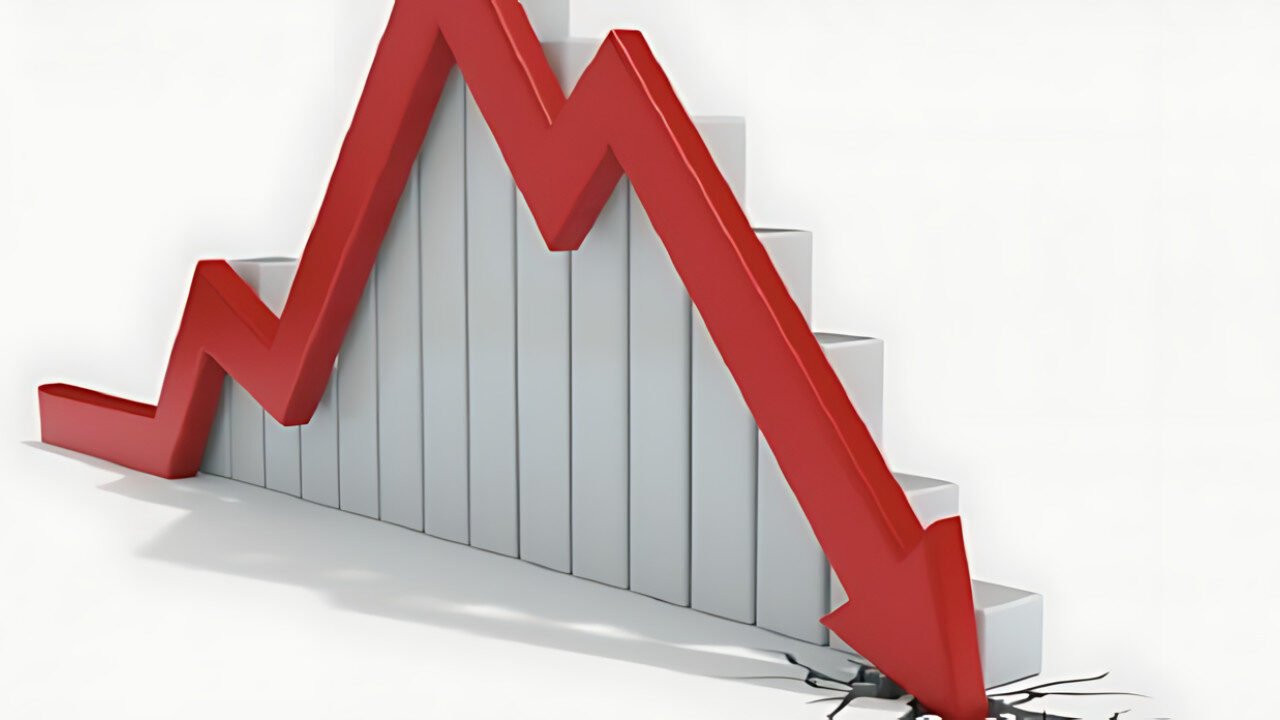By Abdul Ghani
Global prices are finally showing some mercy. Easing inflation and lower commodity costs have given Pakistan’s economy a short but valuable break amid ongoing global financial pressures.
Yet, the world’s sluggish demand and rising global interest rates could still challenge the country’s export growth and foreign investment, according to this reporter.
This momentary relief highlights the current state of Pakistan’s economy, global inflation and its far-reaching impact on fiscal stability.
Mixed Global Economic Outlook for Pakistan
The Finance Division’s Monthly Economic Update & Outlook for October 2025 paints a mixed picture.
While falling international prices for energy and food may help reduce Pakistan’s import bill and steady inflation, slower global growth could keep export expansion in check—especially in textiles and manufactured goods.
The report explained that the global recovery remains uneven. Advanced economies are growing slowly, averaging around 1.6 percent, while emerging markets—particularly in Asia—continue to move ahead at a faster pace.
China’s economy is expected to grow by 4.8 percent in 2025 and 4.2 percent in 2026. India is forecast to expand by about 6.3 percent, and the United States is likely to post 2 percent growth next year.
Opportunities and Challenges for Pakistan’s Trade and Currency
For Pakistan, this means both opportunities and challenges. On one side, cheaper imports could help stabilize the currency and improve household incomes.
On the other, weaker demand from key trade partners such as the European Union, the United States, and the United Kingdom could limit export earnings.
The Finance Division noted that the easing of global energy and commodity prices will reduce pressure on the current account and help maintain domestic price stability.
However, it also warned that the speed of export recovery would depend on global consumption and trade policies in major economies.
Experts Highlight Positive Signs in Energy and Fiscal Position
Experts agree that falling oil prices and lower shipping costs are good news for Pakistan.
“A steady oil market and cheaper freight rates could save Pakistan billions in import expenses and strengthen its fiscal position,” said one Karachi-based economist.
The report also mentioned that while metal prices rose slightly by 2.9 percent in September, agricultural commodities dropped by 1.3 percent due to better global supply.
Energy prices were down 0.5 percent, offering Pakistan some relief on its energy import bill—which typically makes up more than a quarter of total imports.
According to the Finance Division, slowing inflation around the world could help reduce borrowing costs for developing nations. “As inflation falls in major economies, global interest rates may stabilize, easing fiscal pressures on countries like Pakistan,” the report stated.
Risks from Global Slowdown and Political Uncertainty
Still, the challenges are far from over. The report cautioned that political tensions, climate-related disasters, and trade restrictions could erase these gains.
It also pointed out that high public debt in major economies, especially in the U.S. and Europe, may keep financing costs high and limit credit access for developing nations.
“The risk of new volatility in energy and commodity markets remains real,” the Finance Division warned. “Conflicts or supply chain disruptions could again spark inflation worldwide.”
Pakistan Economy Global Inflation Trends and Future Outlook
Despite these concerns, there is some good news. Global remittances are expected to rise by 2.4 percent in 2025, supported by strong labor demand in Gulf countries and improving job markets in Europe.
Pakistan, which received $9.5 billion in remittances during the first quarter of FY2026, is likely to benefit from this trend.
Economists said that overseas jobs and remittance inflows will remain a stabilizing factor for Pakistan’s external finances.
“The global labor market’s recovery offers Pakistan a key opportunity to strengthen its remittance base,” one analyst said.
The report also shared that inflation in advanced economies has fallen from 6.9 percent in 2023 to 4.2 percent in 2025 and is projected to decline further to 3.7 percent in 2026. This slowdown is expected to help Pakistan manage inflation at home, as lower global commodity prices ease pressure on domestic markets.
At the same time, the Finance Division warned that slow global trade could hurt Pakistan’s exports, which rely heavily on developed countries. It advised policymakers to expand into new export markets and promote higher-value industries to stay competitive.
The report further said that maintaining steady policies, responsible budgeting, and continued structural reforms would help Pakistan make the most of this global environment. “This period of calmer global prices gives Pakistan a chance to strengthen economic stability and protect itself from future shocks,” the Finance Division noted.
It emphasized that Pakistan must keep its reform agenda moving to fully benefit from these global trends. “Smart management of the exchange rate, trade competitiveness, and external financing will be crucial to turning global relief into lasting economic progress,” it said.
Author Profile
-
Abdul Ghani is a sharp analyst focused on Pakistan's industrial transformation. His reporting reveals the textile sector's pivot from basic cotton to high-growth value-added apparel.
Ghani's work underscores the triumph of knitwear and garments in boosting exports, while warning policymakers to tackle energy costs to secure long-term global competitiveness.





